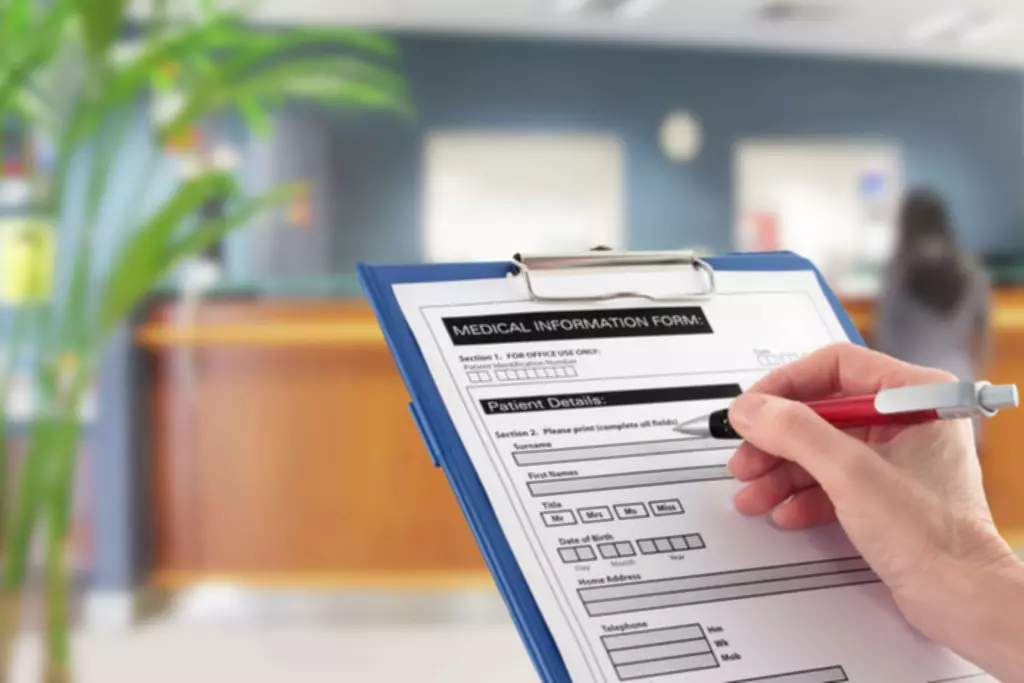Content

With this remaining inventory of 140 units, let’s say the company sells an additional 50 items. The cost of goods sold for 40 of these items is $10, and the entire first order of 100 units has been fully sold. The other 10 units that are sold have a cost of $15 each, and the remaining 90 units in inventory are valued at how to calculate fifo $15 each . Last-In, First-Out method is used to account for inventory that records the most recently produced items as sold first. Under LIFO, the cost of the most recent products purchased is the first to be expensed as the cost of goods sold , which means the lower cost of older products will be reported as inventory.

He graduated from Georgia Tech with a Bachelor of Mechanical Engineering and received an MBA from Columbia University. Although using the LIFO method will cut into his profit, it also means that Lee will get a tax break. The 220 lamps Lee has not yet sold would still be considered inventory. To calculate COGS using the LIFO method, determine the cost of your most recent inventory.
What is FIFO and How Can it Be Used
The company will report the oldest costs on its income statement, whereas its current inventory will reflect the most recent costs. FIFO is a good method for calculating COGS in a business with fluctuating inventory costs. Other examples include retail businesses that sell foods or other products with an expiration date. Under the FIFO method of accounting inventory valuation, the goods purchased at the earliest are the first ones to be removed from the inventory account.
- Companies pick one of these methods based on their financial preferences.
- FIFO is one of four popular inventory valuation methods, along with specific identification, average cost, and LIFO.
- Therefore, it results in poor matching on the income statement as the revenue generated from the sale is matched with an older, outdated cost.
- The latest costs for manufacturing or acquiring the inventory are reflected in inventory, and therefore, the balance sheet reflects the approximate current market value.
Just search youtube box which is world’s second top search engine after google and you will lots of professor will teaching practical question relating to FIFO inventory problems. The Accounting University with 3400+ Accounting contents as study material which can watch, read and learn anyone, anywhere. Following the FIFO method of clearing out the oldest inventory is less wasteful. For this to work we need data tables like functionality implemented. I will have to check if google spreadsheets allow this method to work or not as I am not using google sheets frequently. By the way forgot to mention in the earlier comment that when the rows for the data input become more than a thousand the excel slows down…….. The Cost of goods sold is simply $12,000 less the ending inventory of $5000, or $7000.
FIFO: The First In First Out Inventory Method
Tim is a Certified QuickBooks Time Pro, QuickBooks ProAdvisor for both the Online and Desktop products, as well as a CPA with 25 years of experience. He most recently spent two years as the accountant at a commercial roofing company utilizing QuickBooks Desktop to compile financials, job cost, and run payroll.

The FIFO inventory method assumes that the first items put into inventory will be the first items sold. Under this method, the inventory that remains on the shelf at the end of the month or year will be assigned the cost of the most recent purchases. The average cost method is another inventory costing method. With this method, companies add up the total cost of goods purchased or produced during a specified time.
How To Use LIFO
The sale on January 31 of 80 units would be taken from the purchase on January 3rd and the purchase on January 12th. Taking all the units from January 3 still leaves us 20 units short of the 245 units we need. We will take those 20 units from the 50 purchased on January 12.
How do you calculate ending inventory using FIFO?
- Ending inventory formula: The basic ending inventory formula is shown below.
- Ending inventory = beginning inventory + net purchases – cost of goods sold (COGS)
- First in, first out (FIFO).
- Last in, first out (LIFO).
- Weighted average cost (WAC).
- Gross profit.
- Retail method.
We keep picking units until we have accounted for the cost of all the units sold, in this case 245 units. The wonderful thing about FIFO is that the calculations are the same for both periodic and perpetual inventory systems because we are always taking the cost for the oldest units.
Update the list of goods available for sale to reflect what was sold and the additional purchase on January 12. Average cost valuation can be useful for companies that sell a large volume of similar products, such as cell phone cases. For that reason, the LIFO method is not allowed in countries that adhere to the International Financial Reporting Standards . But in the U.S., businesses follow the Generally Accepted Accounting Principles , which says you can use the LIFO method for inventory accounting. Let’s continue with our milk example and calculate the cost of the 80 gallons that were sold during the year. In this simple example, it’s pretty easy to see that all 80 gallons sold were in inventory at the beginning of the year with a cost of $2 each.
What is FIFO costing method?
What is FIFO costing? In simplest terms, FIFO (first-in, first-out) costing allows you to track the cost of an item/SKU based on its cost at purchase order receipt, and apply this cost against each shipment of the item until the receipt quantity is exhausted.
If you’re ready to try out a dedicated inventory system, Zoho Inventory is free to start. There are three other valuation methods that small businesses typically use.
If product costs triple but accountants use values from months or years back, profits will take a hit. It also does not offer any tax advantages unless prices are https://www.bookstime.com/ falling. It’s important to note that FIFO is designed for inventory accounting purposes and provides a simple formula to calculate the value of ending inventory.